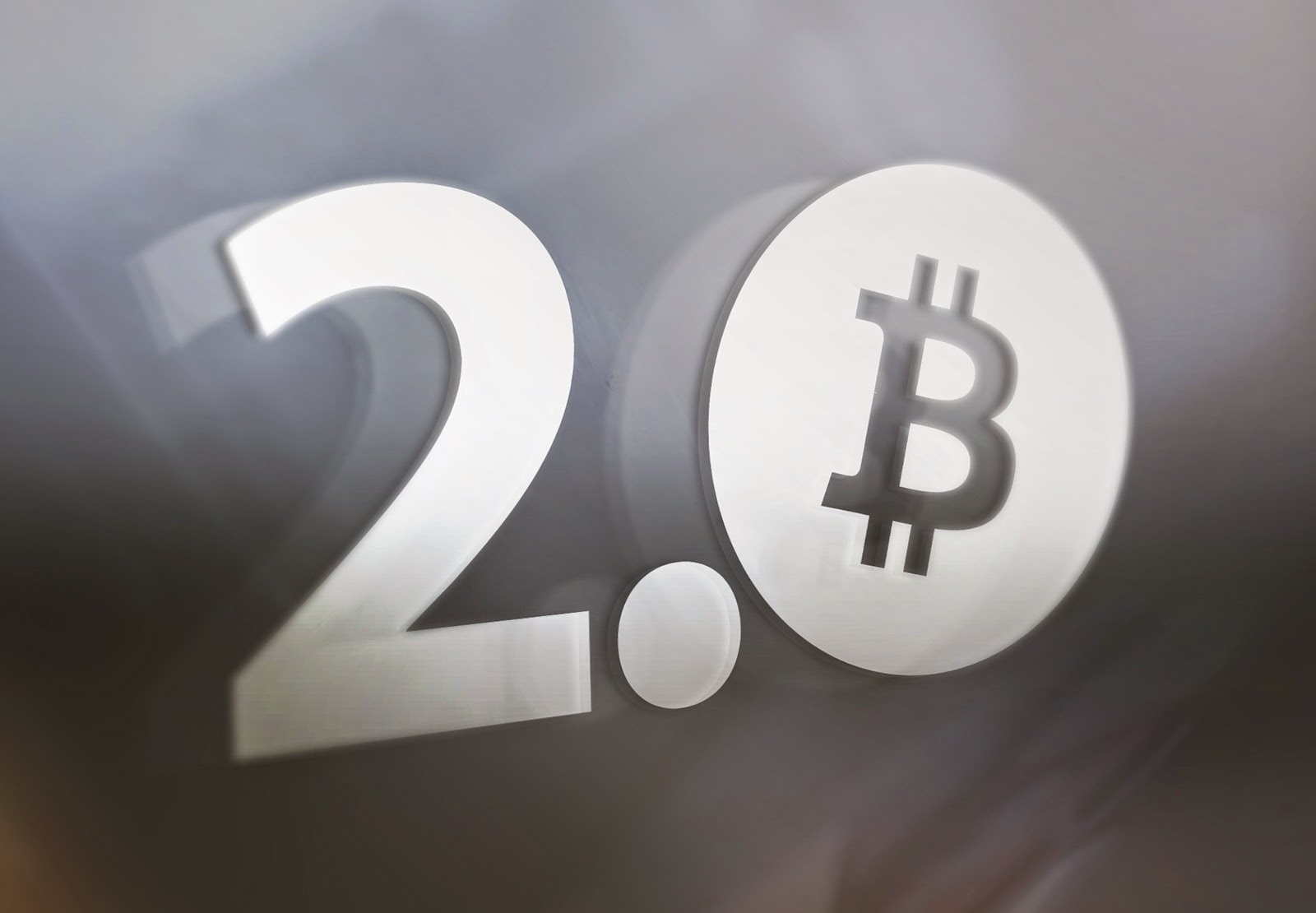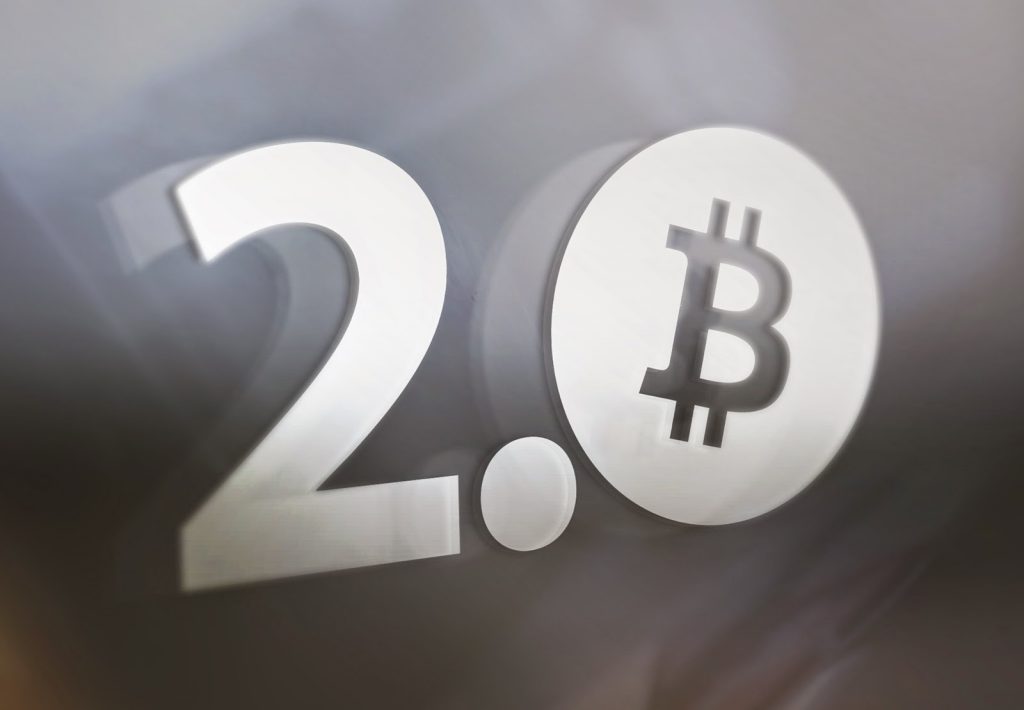
Bitcoin’s revolution moves beyond currency
 (CoinDesk) Just when people were getting used to the idea that bitcoin might not be a boom-and-bust fad destined for failure, entirely new applications of the technology have joined digital currency on stage.
(CoinDesk) Just when people were getting used to the idea that bitcoin might not be a boom-and-bust fad destined for failure, entirely new applications of the technology have joined digital currency on stage.“Bitcoin can be used to pay for things like a cup of coffee, but that’s not bitcoin’s ‘killer app’. To the average customer it’s just as easy to pay with their credit card. A killer app would need to offer massive advantages in another area.”
“We ought to be paying very close attention to crypto 2.0 because bitcoin has redefined how we launch web services.”
Rise of the decentralized exchange
Decentralized applications will hide the block chain
“Essentially you can take the technology from bitcoin, which is a $5bn–$6bn industry, and apply it to an existing area like cloud storage, which is a $150bn dollar industry.”
Sidechains, treechains and a question of blockchains
“Bitcoin already provides a global currency and distributed ledger – there is no need to reinvent those wheels. Combining real-world information with bitcoin is where things start to get really interesting.”
Open your free digital wallet here to store your cryptocurrencies in a safe place.

NXT: Bitcoin rival or ally?
(BitScan) NXT is a relative newcomer to the cryptocurrency scene but in the six months since it was launched it has steadily risen in value and profile, now claiming the fifth spot on the Coin Market Cap table.
At the time of writing, NXT has just surpassed Dogecoin with a market cap comfortably over $30 million.
NXT’s Asset Exchange allows direct P2P trading of digital assets
an innovative new platform unveiled on Monday that enables direct P2P
trading of digital assets. The idea is simple but striking. The Asset
Exchange does for shares in companies and other digital assets what
bitcoin (and other cryptocurrencies, including NXT) do for cash. It’s
not the first entrant to the market, for sure; bitshares.org,
for example, is the NXT Asset Exchange’s direct competitor and was
already up and running before the AE launched. But NXT’s client is an
elegantly simple, easy-to-use platform, and the Exchange functionality
is integrated into the cryptocurrency from the ground up. To look at it
another way, NXT was conceived as the foundations of a digital economy,
whereas bitcoin was originally conceived as, primarily and
predominantly, a currency. Their relative timing and positioning give
them each unique advantages and disadvantages.
NXT vs Bitcoin
‘the next bitcoin’, the rival that will unseat the father and
grandfather of all altcoins. All of these claims have to be taken with
at least a pinch of salt, and very often a truckload. The reality is
that bitcoin is armoured from any such attack by a very powerful force: the network effect.
Put simply, this means that the sheer number of people using and
invested in bitcoin alone makes it very difficult for any contender to
unseat it. The more people join a network – be that a telephone network,
a social network or a currency network such as bitcoin – the more
useful it becomes and so the more it cements its own position. Thus
whatever the pros and cons of bitcoin vs other cryptocurrencies,
whatever advantages they offer in theory, it is extremely unlikely that bitcoin will lose its top spot any time soon.
 NXT is built along different lines to bitcoin, both ideologically and
NXT is built along different lines to bitcoin, both ideologically andpractically. It uses a proof-of-stake system and ‘forging’ rather than
bitcoin’s proof-of-work mining system, for example – something that has
drawn both admiration and controversy. This has various implications for
anything from coin distribution to power consumption and the hardware
needed to participate in the network. Unsurprisingly, dyed-in-the-wool
bitcoin-lovers have expressed doubt about some of NXT’s flagship
features; unsurprisingly, some of NXT’s cheerleaders see these same
features as killer advantages.
bitcoin. In fact, NXT offers features that can and likely will boost
bitcoin’s adoption, as well leveraging bitcoin’s popularity to improve
its own reach.
Ultimately, the world is a big
place and cryptocurrency hasn’t yet been taken up by more than a
fraction of one percent of the population. Like any other area of life,
cryptocurrency enthusiasts have a tendency to be tribalistic. At this
point, though, the real competition isn’t between bitcoin and other
cryptocurrencies. It’s between cryptocurrency and fiat systems. If one
cryptocurrency offers another a leg up and thereby increases the
adoption of both, that’s good for everyone.
Open your free digital wallet here to store your cryptocurrencies in a safe place.
